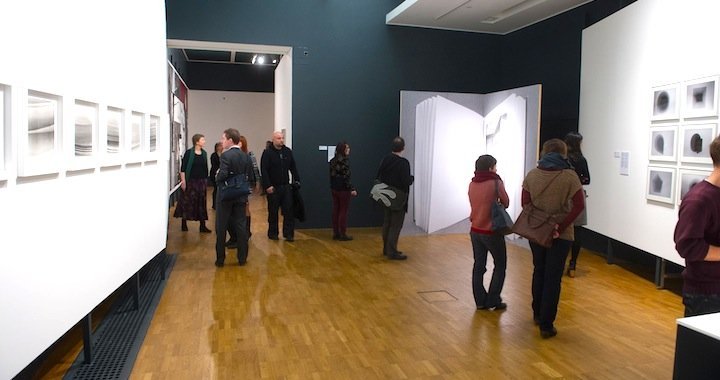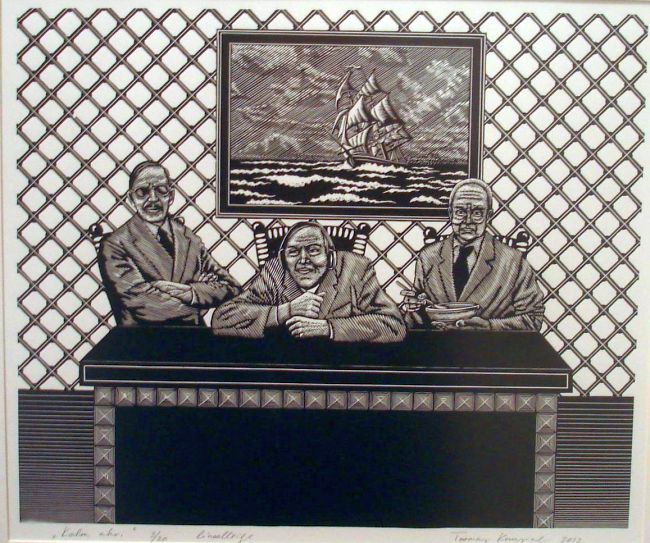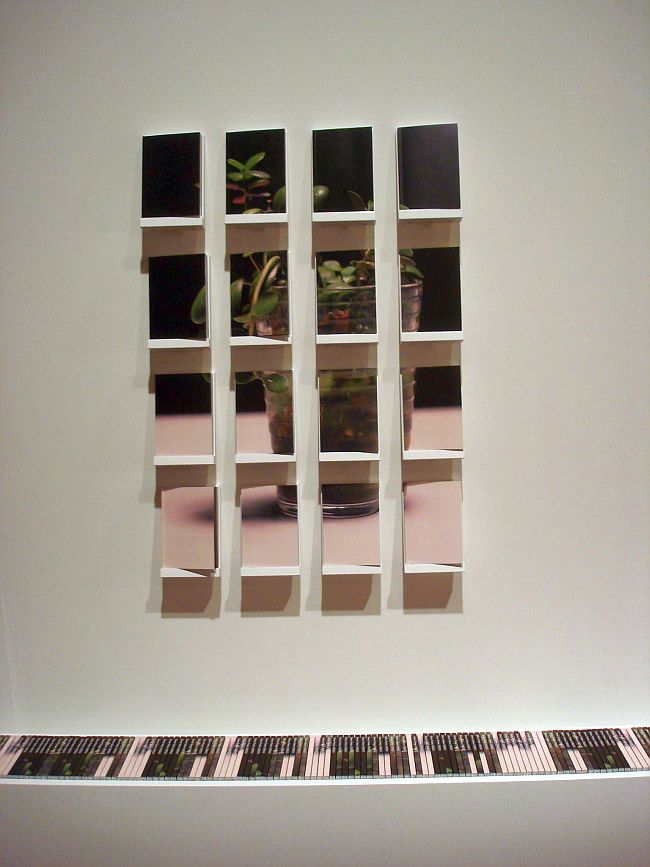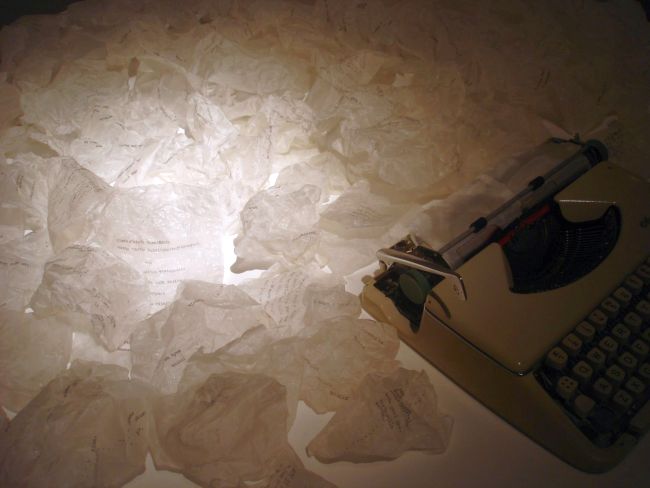
An Express Interview with a Danish Curator, and a Video Tour of the 16th Tallinn Print Triennial at KUMU
24/02/2014
16th Tallinn Print Triennial
KUMU, Tallinn
Until June 1, 2014
As part of the 16th Tallinn Print Triennial (est. 1968), the works of more than 50 artists from the Baltics, Scandinavia, the UK, Germany, the Czech Republic, Poland and Cyprus can be seen in the contemporary art exhibition halls of the KUMU museum. The exhibition's curator, Maria Kjær Themsen from Denmark, graciously agreed to answer Arterritory.com's questions on the selection process, today's art print scene, and the theme of the Triennial – “Literacy/Illiteracy”.
We've also prepared a video tour of the Triennial's main exhibition, which will be ongoing and awaiting visitors throughout the spring months.
How did you select the artists? What were the main criteria?
The artists that form the 16th Tallinn Print Triennial are selected from two very different traditions of the Triennial; one is the curated section, where I have chosen artists and print makers from mostly Scandinavia and the Baltic countries to participate in the show, and the second is the Open Call-tradition, where artists from all over the world have had the possibility to apply. Together, this has resulted in 52 artists presenting at the show, with a nearly equal weight distribution in terms of number of works from each artist.

Tomas Kuusing. Three apes. 2012
Why, in your opinion, is the Triennial's theme, "Literacy/Illiteracy", a great angle from which to view today's print art?
The theme, “Literacy/Illiteracy”, had already been chosen when I was offered the position of curator. But it is a theme that very strongly resonates with my own interests. It is a very interesting angle from which to study the tradition of print making – in light of a theme that is, in terms of print making, very much in evolution. Today, literacy is not only dependent on your abilities to read or write, but it is also a much broader concept that is linked to digital and visual literacy as well: How do we interpret the images and messages that we constantly receive? And how do we critically inspect them?
This is key in the questions and investigations, and also in the concept of the Triennial.
What were the main challenges in curating this show?
It was a very big challenge for me to select the open-call artists. Normally, I'm in very close communication with the artists that I work with, and I like to discuss the whole concept and idea with the artists that I have invited to participate. It was, therefore, a whole different method to have to chose from works that had already been made, and without so much intervention from my part. But I also enjoyed this part very much, and it was a bit like inviting new voices and perspectives into the party, instead of just repeating patterns and habitual ways to work as a curator.

Dénes Farkas. Credo. 2013–2014
What is the status of print art today? Is it still meaningful to create medium-focused exhibitions in the context of contemporary art?
This is a very important question. From my perspective, it is a very lively scene, and a very important thing to stay connected to. Because yes, it is still very meaningful with a medium-focused exhibition. In this way, we see the evolution of a tradition, and we can closely study the new approaches. It is very evident that this year we're seeing both very digitally-focused art, in which the flatness of the screen is a great topic, but on the other hand, we're also encountering this New Materialism, in which contemporary artists closely work with materials such as paper, silk, woodcuts, linocuts, book binding, and so on – techniques that are all connected to traditional handicraft. I see this as a reaction to the digital world, more than a nostalgic return to the old ways of print making.
What would you like to wish the visitor?
As a curator, it is always very important to me that the exhibition functions on different levels. It should be very sensual; in the most poetic way, it should stimulate the senses, and in this way, awaken the spirit of the visitor. But it should also have a deep content that you can intellectually connect to, if you wish. So, a two-side experience, with both aesthetic qualities and philosophical dimensions, is at the core of any exhibition that I curate. As such, it is not meant for just the already-interested-in-art crowd, but hopefully, it could be a worthwhile experience for a lot of different people.

Katri Ikävalko. Silent Communication. 2010–2014
Weizenbergi 34 / Valge 1
Tallinn, Estonia
www.kumu.ee